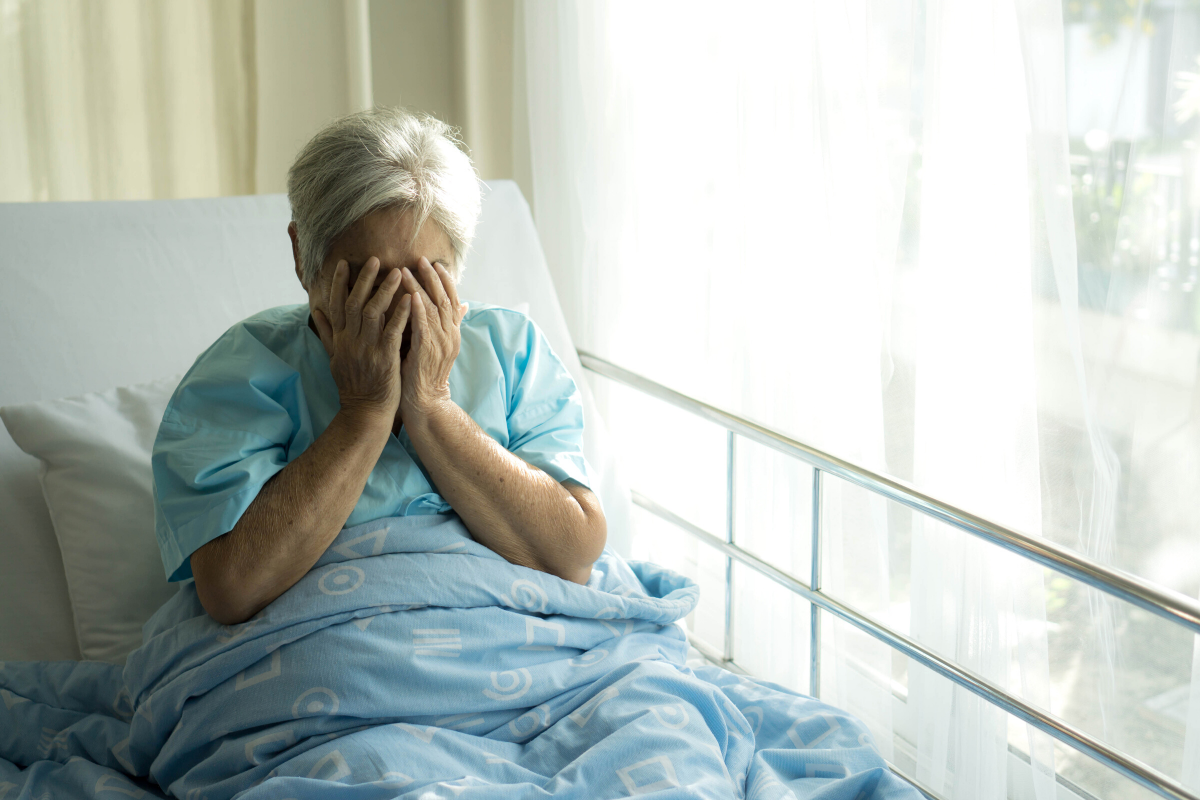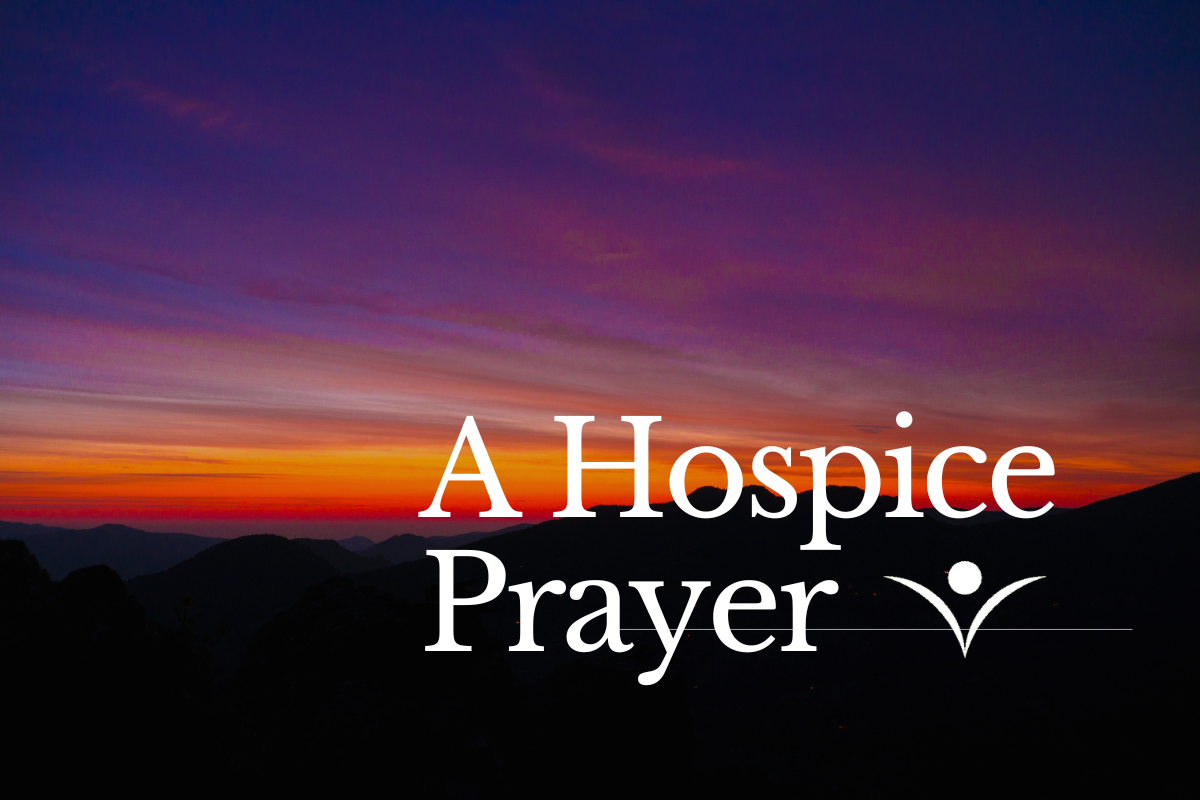How Psychosocial Factors Affect Pain

Psychosocial factors are an important consideration in assessing a patient’s needs. Even physical symptoms like pain can be affected by the psychosocial influences on the patient.
Psychosocial factors that may affect pain include things like marital status, social support, bereavement, home and work environment, social status, and social integration. For example, someone who is under great stress due to their family life or work stress might have a lower threshold for pain. Conversely, if a friend is by a patient’s side, they may have a higher threshold for pain.
How to Recognize Psychosocial Factors Impacting Pain
The interpretation of pain is subjective and it is influenced by several specific thought processes. Let’s review four ways psychosocial factors can affect pain.
1. Awareness.
Pain is the body’s way of alerting us to danger. If we encounter something sharp, we feel pain and move away from it before we experience a more serious injury. If we are paying attention and expecting pain, the feeling of pain may increase.
One strategy to help lower pain intensity is to distract the patient with conversation, company, or some form of entertainment. It won’t take the pain away, but getting the patient to focus on something else may lower its impact.
2. Interpretation
How a patient thinks about pain may also increase their pain. If they expect the worst, their threshold for pain will often lower. Also, if they expected their illness or injury to be healed in a certain timeframe, the disappointment when it continues can also increase the experience of pain.
To combat these negative thought processes, it can be helpful to talk through expectations with the patient to ensure they have a realistic understanding of the situation. If the patient has a tendency to catastrophize, acknowledge their fears then discuss how they can and will cope even in a worst case scenario.
3. Emotional Response to Pain
Fear, anxiety, depression, and other psychological factors may lower a patient’s pain threshold. We have to treat these emotional symptoms to reduce how the psychosocial factors affect pain.
Cognitive behavioral therapy gives a patient the opportunity to feel heard and provides practical coping techniques to address negative thought patterns.
Meditation, physical activity, and time spent outdoors can all help increase positive emotions which in turn decreases the feeling of pain.
4. Coping Skills
How a patient approaches treatment to pain can affect pain threshold levels. If a patient is prescribed strong pain relievers for relatively mild pain, they lose the opportunity to develop other coping mechanisms.
Working with patients on coping mechanisms early in the disease process can help reduce the experience of pain in later stages. That said, when a patient is in the end-stage of a terminal diagnosis and addiction is no longer a concern, the patient’s immediate comfort should be the primary goal of treating their pain.

How to Address Psychosocial Factors Impacting Pain
Improving a patient’s psychosocial environment can go a long way in addressing their emotional, spiritual, and physical pain.
Look for ways to increase the patient’s social support. Encourage them to keep in regular contact with friends and family. If they are living alone, a visit to an adult day care can reduce isolation. Patients receiving hospice care can have volunteers assigned to provide additional companionship.
Social workers are key to addressing psychosocial factors by helping the patient with stress management techniques and problem solving. Family meetings with the social worker can also help to address factors in the family and home that may be increasing the patient’s stress.
Addressing a patient’s pain is a team effort and properly assessing the impact of psychosocial factors on pain will provide better overall results. To learn more about how Crossroads Hospice & Palliative Care works to address symptoms of pain, please call 1-888-564-3405.
If you found this information helpful, please share it with your network and community.
Copyright © 2020 Crossroads Hospice & Palliative Care. All rights reserved.




